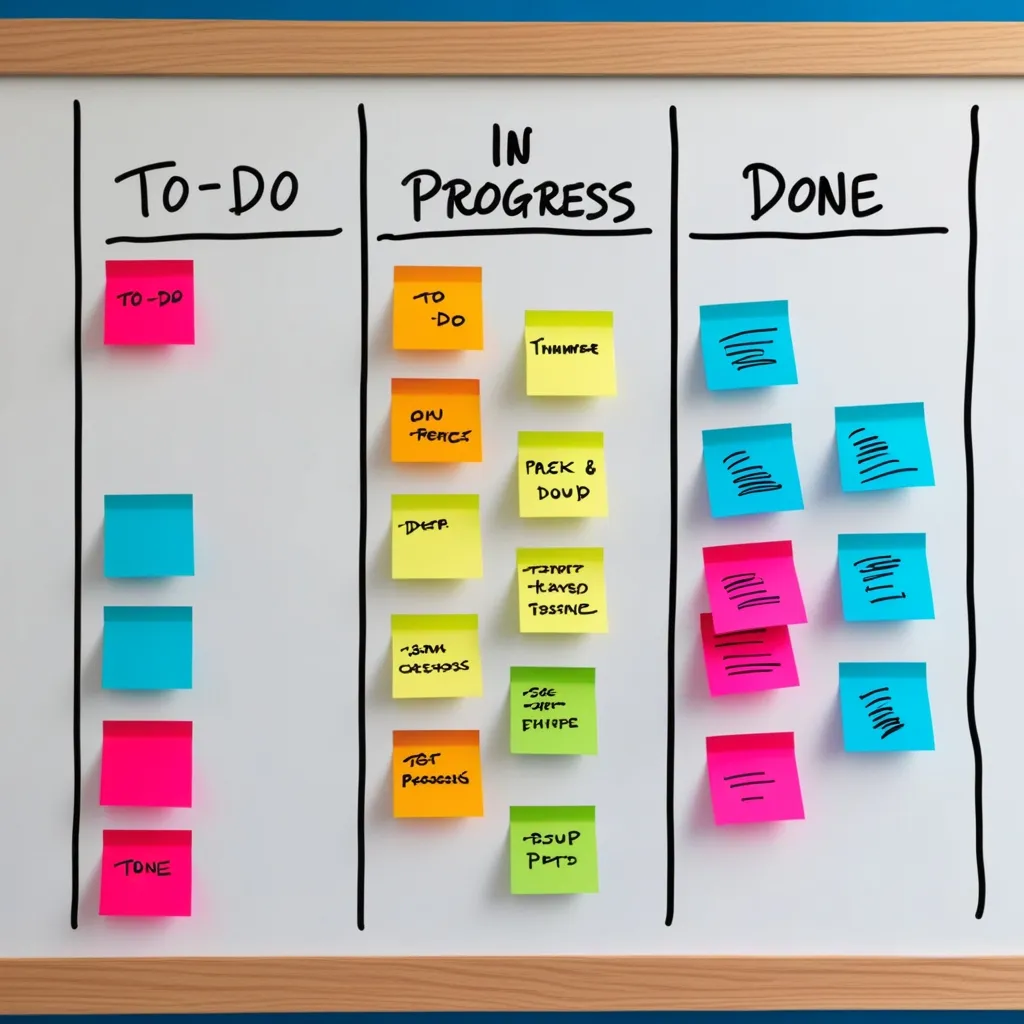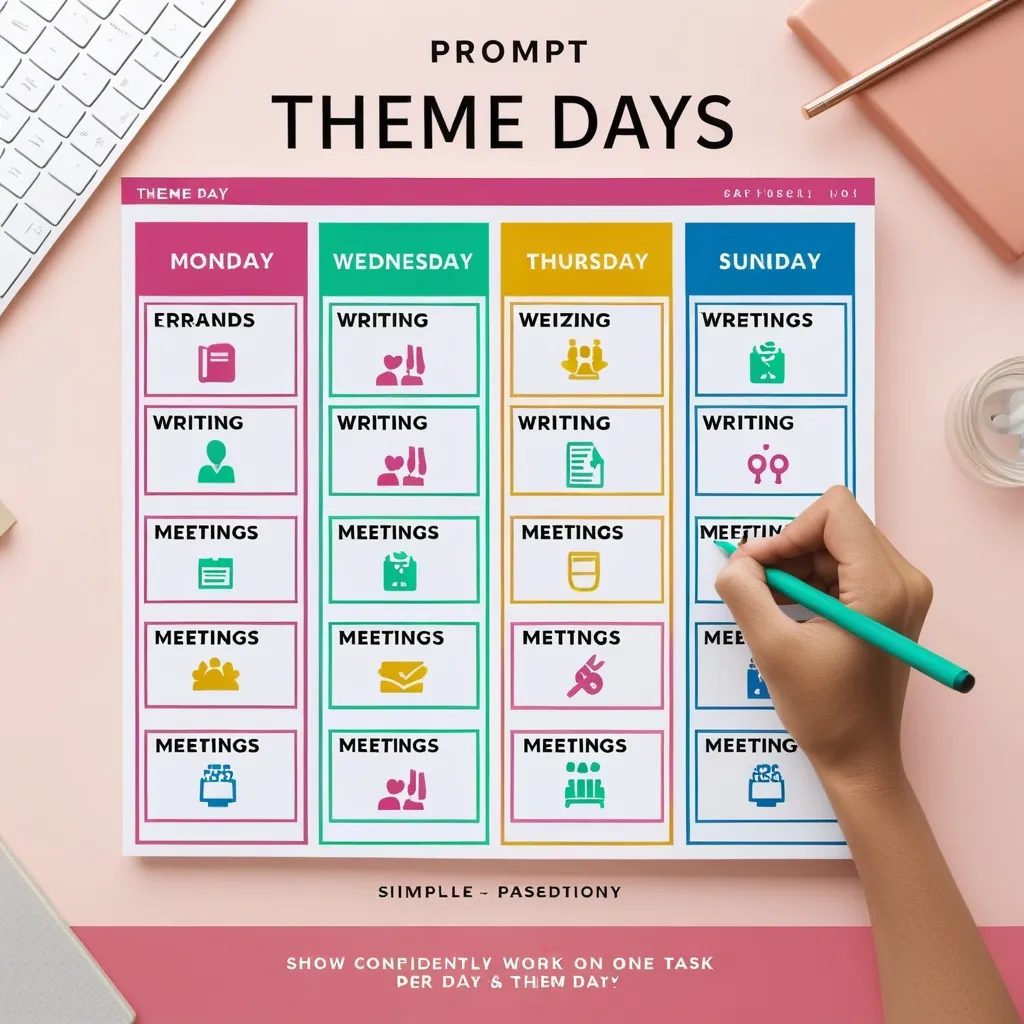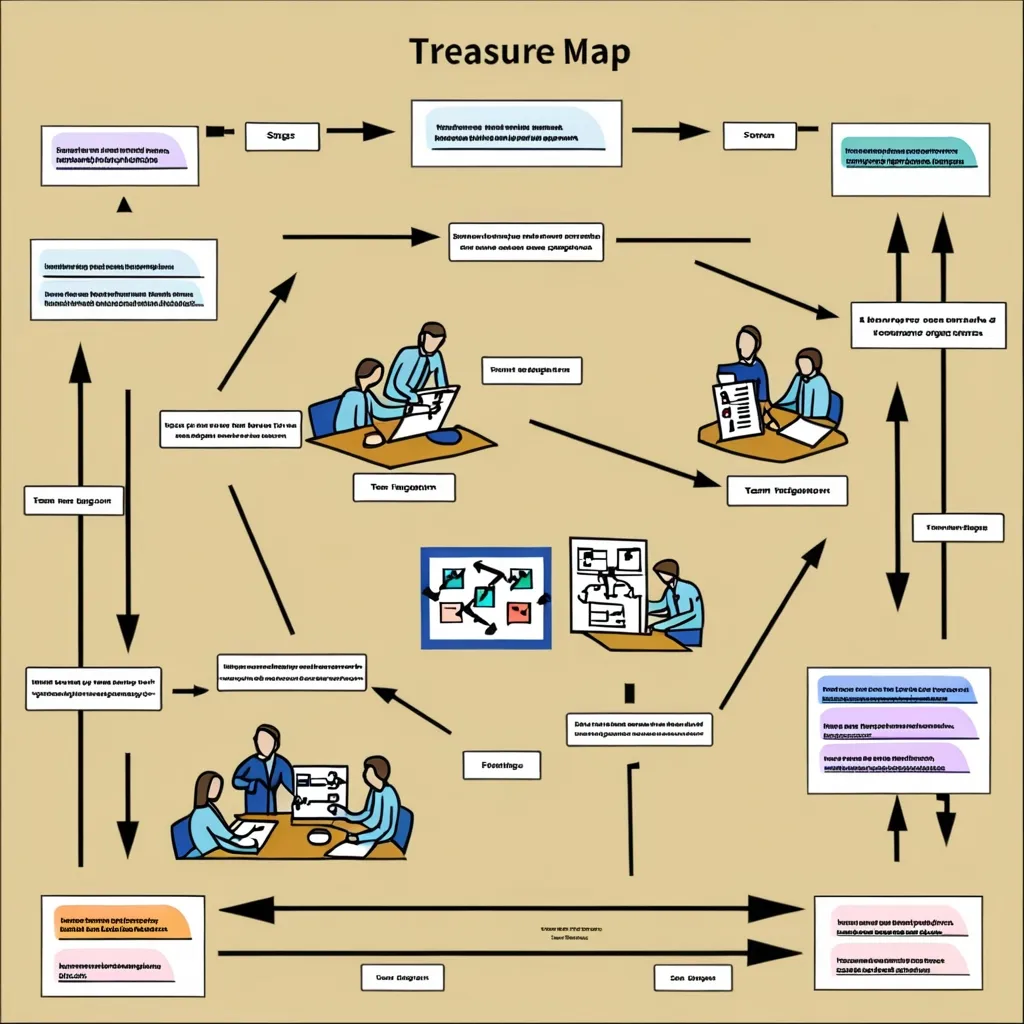In our fast-paced world, keeping cognitive load in check is super important. It’s a game-changer for productivity, stress reduction, and overall well-being. Cognitive load is basically the mental effort we need to complete various tasks, and it plays a big role in how we learn, work, and mess around with digital interfaces. Here’s a cool way to build simple systems to manage everyday tasks and lighten that cognitive load.
First off, let’s get a grip on what cognitive load really is. It’s basically the mental strain, and it’s divided into three types: intrinsic, extraneous, and germane. Intrinsic cognitive load is tied to the task itself, like picking up a new language or tackling a tough math problem. Extraneous cognitive load, on the other hand, comes from how the info is presented, like a messy website or jumbled instructions. Germane cognitive load is all about the mental effort needed to fit new info into what you already know, like using interactive tools in learning.
Simplifying info is one of the top ways to cut down cognitive load. When designing digital stuff, keeping info clear and orderly can majorly trim down extraneous cognitive load. Using visual hierarchy and smart placement of elements helps steer user attention and makes it easier to navigate a website without breaking a sweat.
Sticking to familiar design patterns is also a golden trick to ease cognitive load. Using elements that users already get the hang of means they have less new stuff to learn. This is a win in UX design where well-known navigation and easy-to-use interfaces help users reach their goals without frying their brains.
Automation is like magic for reducing cognitive load. By automating boring, repetitive tasks, you free up mental energy that would’ve been drained by these tedious activities. Imagine mobile development tools like fastlane that can handle complex tasks such as building and uploading apps. It’s like they slay the intrinsic cognitive load involved in these processes, making life way easier.
Cognitive offloading is another savvy strategy—it’s like outsourcing your memory. Using external tools and systems to manage info and tasks means your working memory doesn’t get overloaded. Writing down tasks or using apps to capture info is a solid way to offload some of that cognitive load. Think of using your good old Notes app or a trusty notebook—the stuff gets organized, and your brain gets to chill.
Creating daily routines is also clutch for dialing down cognitive load. Routines set a sort of auto-pilot for daily and weekly self-care, making life smoother. Consistency in routines brings calmness and cuts down the mental effort needed to remember and carry out tasks. Checklists for everyday routines, perhaps on a dry erase board, can help you kick off or wrap up the day with minimal mental strain.
Too many choices can crank up cognitive load due to decision paralysis. So, keeping choices to a minimum, especially in navigation, forms, and dropdowns can really help. For instance, in e-commerce checkout, simplifying forms and using progress indicators can make the process less of a brain-drain.
Organizing info into smaller chunks is another way to tame cognitive load. Breaking down material helps users digest info more effortlessly. In the education realm, simplifying complex topics into bite-sized steps and using clear headings makes learning way more manageable.
Boosting UI elements with consistent design patterns and clear visual cues also lessens cognitive load. Tools that enforce code formatting rules or generate boilerplate code snippets can help developers handle complex tasks in a breeze. For example, command line shortcuts for tricky git commands can streamline development tasks majorly.
Managing intrinsic cognitive load involves breaking down complex tasks into simpler bits. Providing clear, easy-to-digest instructions can significantly reduce the intrinsic load tied to these tasks. For instance, in iOS development, having a step-by-step guide for upgrading Xcode versions can make it far less excruciating.
Reducing extraneous cognitive load is about dodging unnecessary elements and tasks. In digital design, cutting out excessive colors, images, and design fluffs that don’t really add value can help big time. Setting defaults that can be tailored or leveraging previously entered info can also lighten the load for users, making the whole experience more intuitive.
Using visual and interactive elements is a blast for engaging users and making task completion more fun and less taxing on the brain. Interactive simulations, for example, help with meaningful learning by connecting new info with existing knowledge seamlessly.
Real-world examples paint a clear picture of the impact of managing cognitive load. In e-commerce, simply refining checkout forms and adding progress indicators can trim cognitive load, bumping up completion rates and user satisfaction. In mobile app navigation, intuitive menus and icons cut down cognitive load, making the app way more user-friendly.
In a nutshell, reducing cognitive load is key to cranking up productivity, improving learning outcomes, and crafting user-friendly digital interfaces. Simplifying info, leveraging common design patterns, automating tasks, and organizing info can drastically cut down the mental effort needed for various tasks. Pulling off these strategies doesn’t just amp up user experience; it also leads to a more efficient and less stressful day-to-day life. Whether it’s a developer, teacher, or just anyone looking to handle daily tasks better, understanding and managing cognitive load is a crucial step towards hitting goals with greater ease and clarity.






